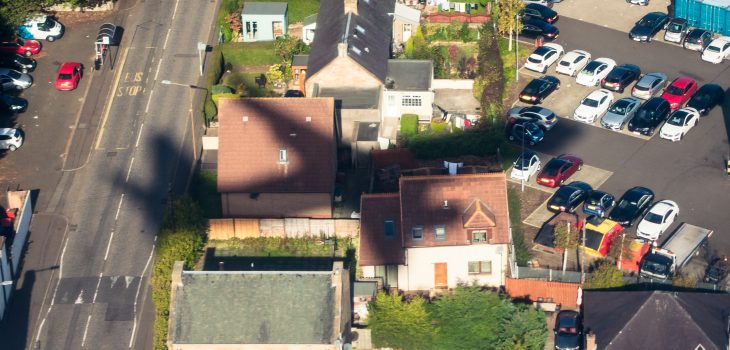
People exposed to noise often suffer not only as a result of the noise itself, but also because a simple sound level measurement does not correspond to their subjective assessment. The noise is disturbing despite being under the official limit values.
How can this dilemma be resolved?
The answer is complex. On the one hand, there are methods for measuring these so-called disturbance levels, that consider, for example, impulsive and tonal noise. On the other hand, there are hints, guidelines and norms that incorporate the subjective perception of noise. Using these, a comprehensive and acceptable assessment of environmental noise requires not only in-depth expertise but also a lot of experience.
In practice, any environmental noise measurement begins with the detailed recording of the spectral sound level over an extended period of time. The first result for consideration is the equivalent continuous sound level LAeq, which serves as the basis for all further calculations. Penalties, derived from the characteristics of the noise, are then added to this value.
To identify and properly consider any disruptive events, and to determine the penalties, a detailed analysis of the recorded data is required.
First consider impulsive noises, such as crackling, rattling, beating, knocking, or banging. The criterion of whether such a noise is to be regarded as a disturbing impulse, or to what extent, depends primarily on the applicable standard. Depending on the country in which the analysis is carried out, different calculation rules apply.
Second, search for annoying sounds with particular dominant frequencies such as turbine engine noise, sirens, squeaks and whistles, etc. Also in this analysis, the applicable standards must be followed. Two different approaches are widely used; 1/3rd octave band analysis and FFT-based frequency analysis. Both methods are clearly defined and supported by professional sound level analyzers.
A third factor is the time of day or night. Here, too, clear requirements of national standards apply, which can, for example, apply lower limits at night.
Finally, the experience and expertise of an acoustic expert is needed. The task is to identify disturbing noise components that were not, or at most insufficiently captured by the above-mentioned methods and to appropriately quantify their influence on the overall picture.
Taking everything into account, the penalties for impulsive and tonal noise, the time of day, as well as any possible extraordinary sound events, are added to the continuous sound level and result in what is called the Assessment Level. This represents the objective measure for the noise nuisance. This level is compared with the legal limits, and, if necessary, preventative measures are taken, such as operational restrictions, the construction of noise barriers or similar.